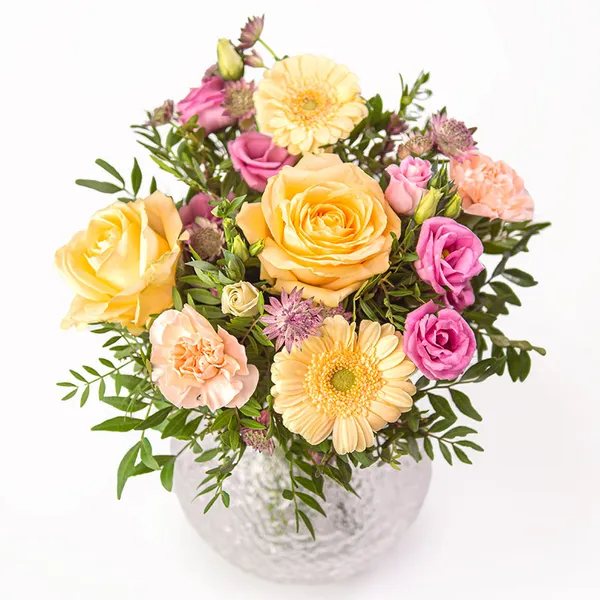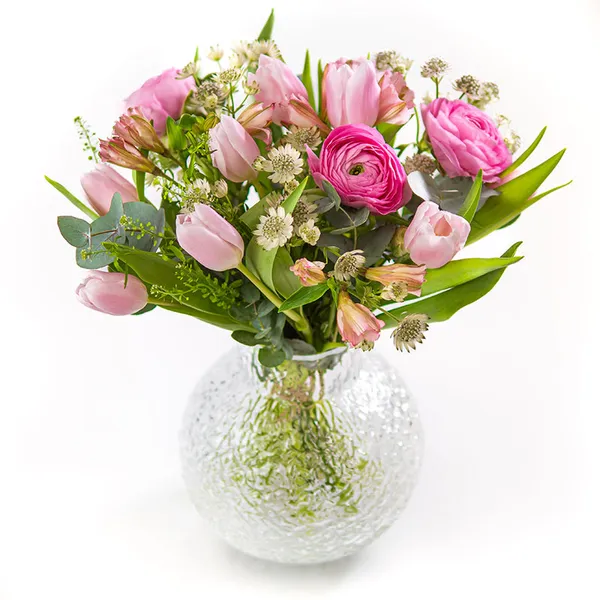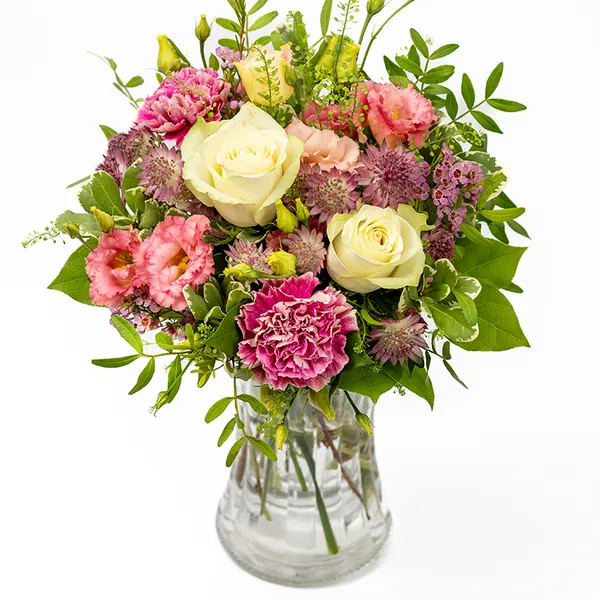Celosia argentea: The Flame-like Bloom of Bold Beauty
Celosia argentea, commonly known as Cockscomb or Woolflower, is a truly eye-catching flower known for its vibrant colour, unusual texture, and flame- or coral-like shapes. Belonging to the amaranth family (Amaranthaceae), this tropical beauty comes in a range of vivid colours including red, magenta, orange, yellow, and pink. Native to Africa and Southeast Asia, Celosia symbolises boldness, affection, and immortality. It adds stunning height and texture to bouquets and garden beds and is beloved both fresh and dried.
COMMON NAME
Celosia, Cockscomb, Woolflower
BOTANICAL NAME
Celosia argentea
ORIGIN
Africa, Southeast Asia
PEOPLE ALSO CALL IT
Flame flower, Brain flower (for crested types)
FLOWERING TIME
Summer to autumn (June to October)
ASPECT
Full sun, warm and well-drained soil
SYMBOLISM
Boldness, affection, immortality, uniqueness
Care Tips for Cut Celosia in a Vase
Trim stems at an angle: Helps improve water absorption.
Use clean water and change every 2 days: Keeps blooms fresh and vibrant.
No need for much leaf removal: Focus on keeping water clean.
Avoid direct sunlight and heat: Keeps flowers from wilting prematurely.
Excellent for drying: Air-dry by hanging upside down in a dark, dry place to preserve their colour and form.
Symbolism & Meaning
Celosia is a symbol of bold love, lasting affection, and individuality. The flame-like appearance is often interpreted as a burning heart or fiery passion, making it a powerful gesture in romantic arrangements. It also represents immortality or enduring spirit, especially in dried form, as it retains colour and shape beautifully. In many cultures, it’s also seen as a lucky flower—full of energy, optimism, and uniqueness.
Types of Celosia Argentea
There are three main types of Celosia argentea, each with a distinct shape:
- Cristata (Cockscomb type) – Dense, velvety, brain-like blooms in bright colours.
- Plumosa (Feather type) – Upright, feathery plumes resembling flames.
- Spicata (Wheat type) – Slender, spike-shaped flowers with a more natural, wildflower appearance.
Frequently Asked Questions About Celosia Argentea
Celosia argentea prefers a warm, sunny spot and grows best in well-draining soil. Keep the soil consistently moist, but avoid overwatering – it doesn’t like wet feet. Feed with a balanced liquid fertiliser every 2-3 weeks during the growing season. Deadhead spent blooms to encourage continuous flowering. It’s a heat-loving plant, so protect it from cold and don’t plant it outside until after the last frost. In pots, ensure good drainage.




